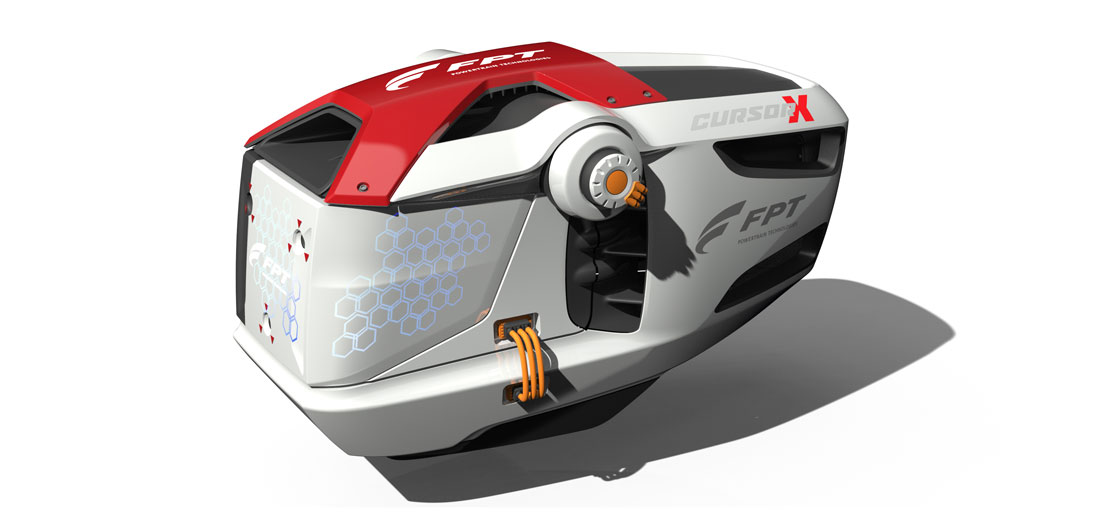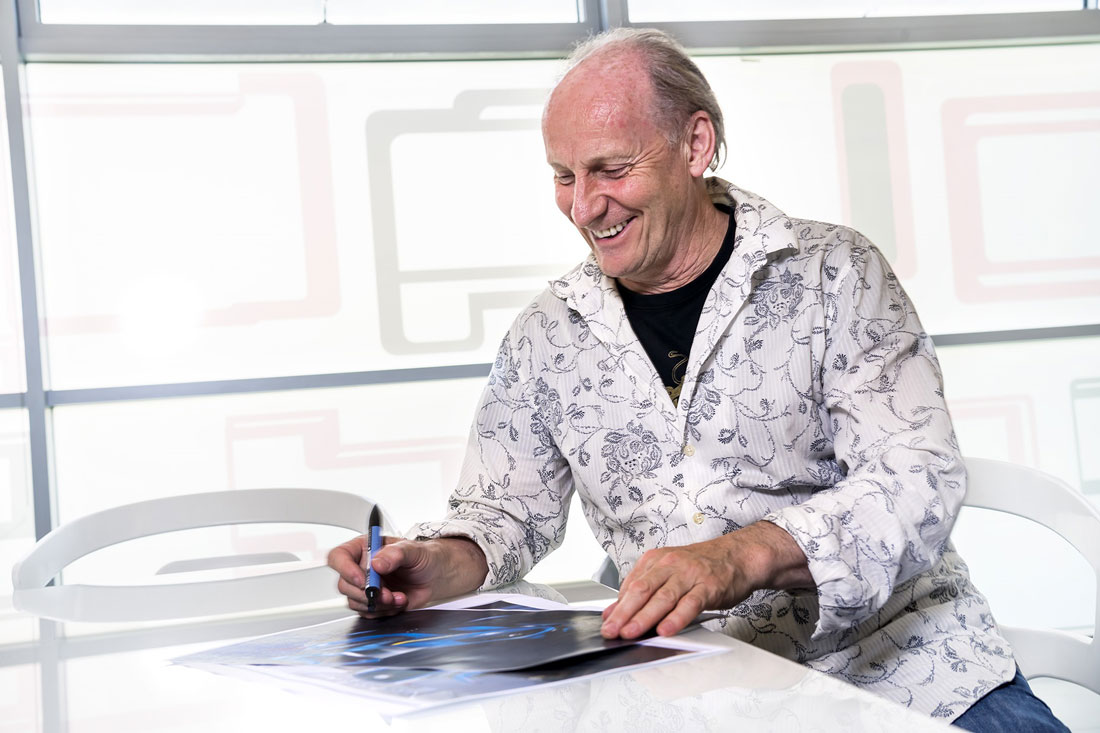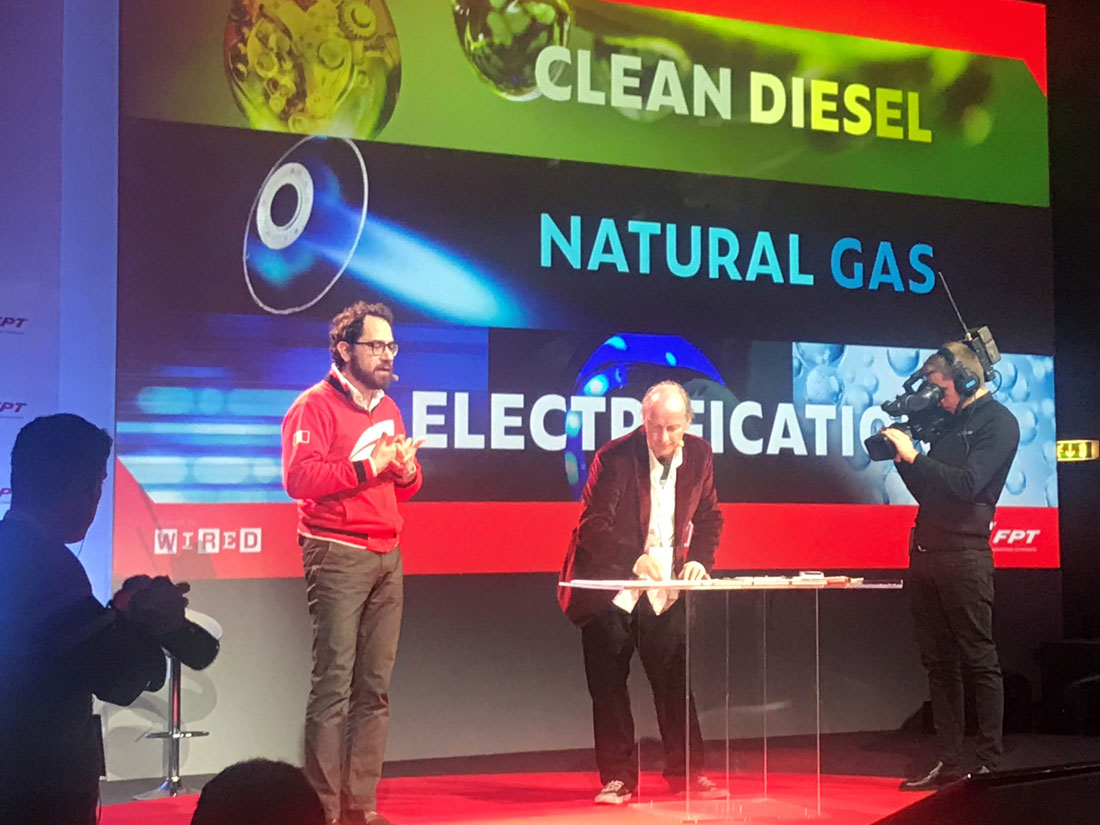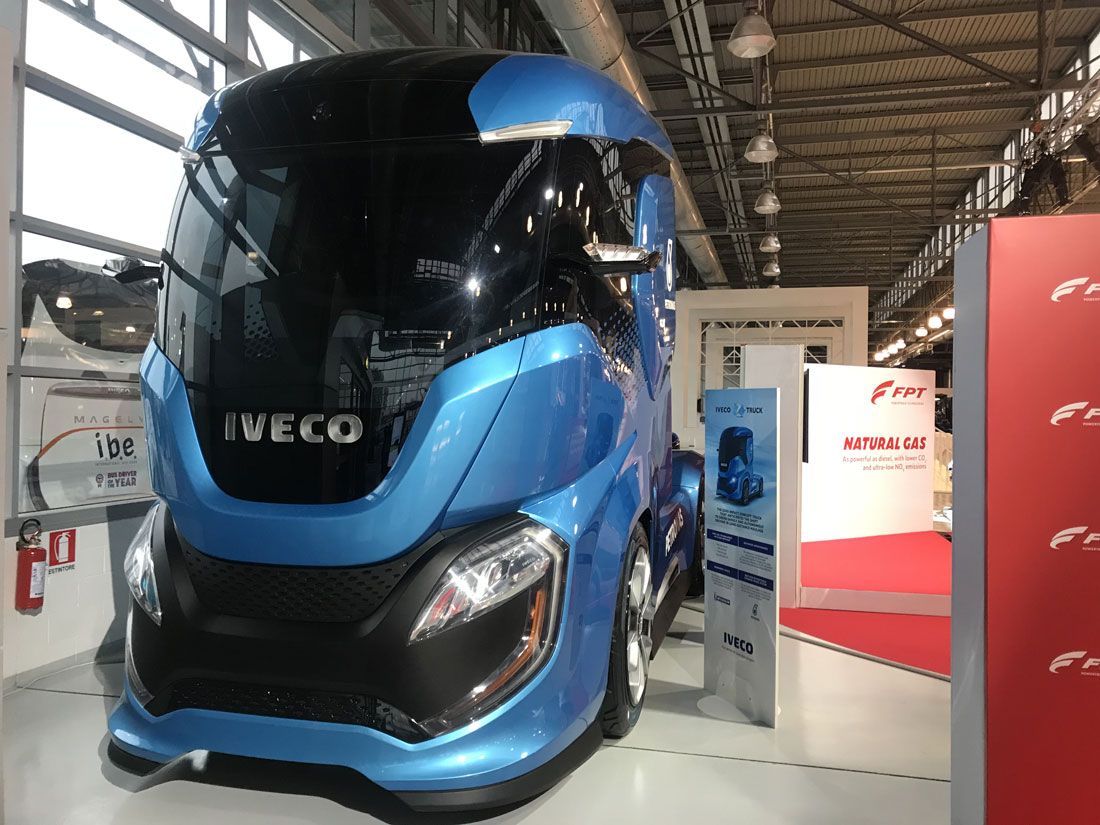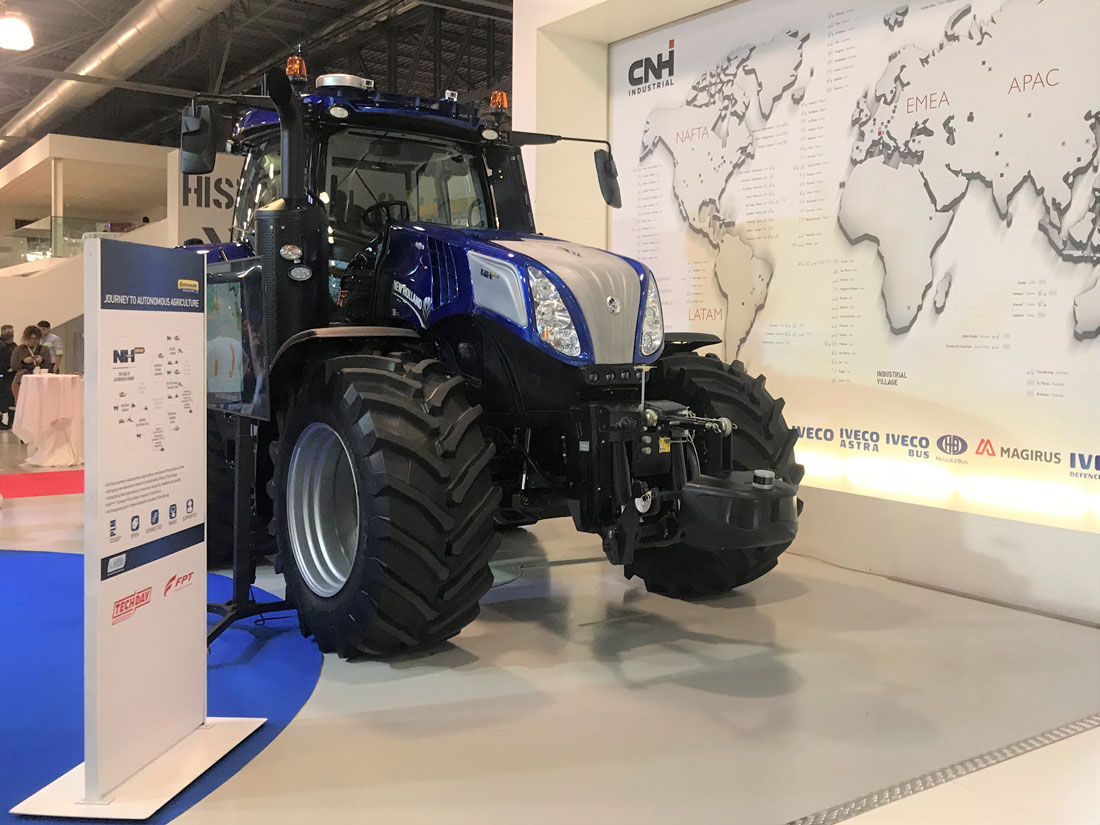During the Tech Day at the end of November, organised by CNH Industrial to show the state of the art of the group, both in industrial vehicles and agricultural machinery, we met David Wilkie, head of the styling centre. We asked Wilkie – who previously worked for companies like Ford, PSA and Bertone – what role design plays in a field like that of working vehicles and what differences there are between that field and the automotive sector.
“Design is a powerful commercial lever, even for a company specialized in designing vehicles like trucks or tractors. It also plays a strategic role in strengthening the identity of a brand, to give a competitive advantage, so much so that our team also deals with the styling of the mechanical parts and the engines, working on finishings, accessory components and colours and trims, to enhance the feeling of modernity, reliability and toughness. One example is our new Cursor X module, which integrates various types of green engines into a newly conceived case.” This is a propulsion module that integrates mechanical parts and structural elements and can receive units powered by traditional fuels, hydrogen, gas or even lithium-ion batteries. The Cursor X, which is still in the prototype stage, will also be able to be fitted to various types of working vehicles: either front-mounted, on tractors, or rear-mounted, for example, on excavators or site machines.
“Compared to the world of the automobile, the designers who work on industrial vehicles have to overcome a series of more complicated challenges, although they are more stimulating,” Wilkie explains. “You start from scratch every time, because you are always facing a completely new project. There is more variety. Also, in most cases, the designers do not use the vehicles they design. This means they continually have to talk to the engineers and end users. Actually, this non-involvement also offers a big advantage: it allows to see things from a different point of view and to propose original solutions, which speeds up the innovation processes. I always like to repeat that in industrial design the designers need good engineers to make good products, but the engineers need good designers to make products that work well.”

